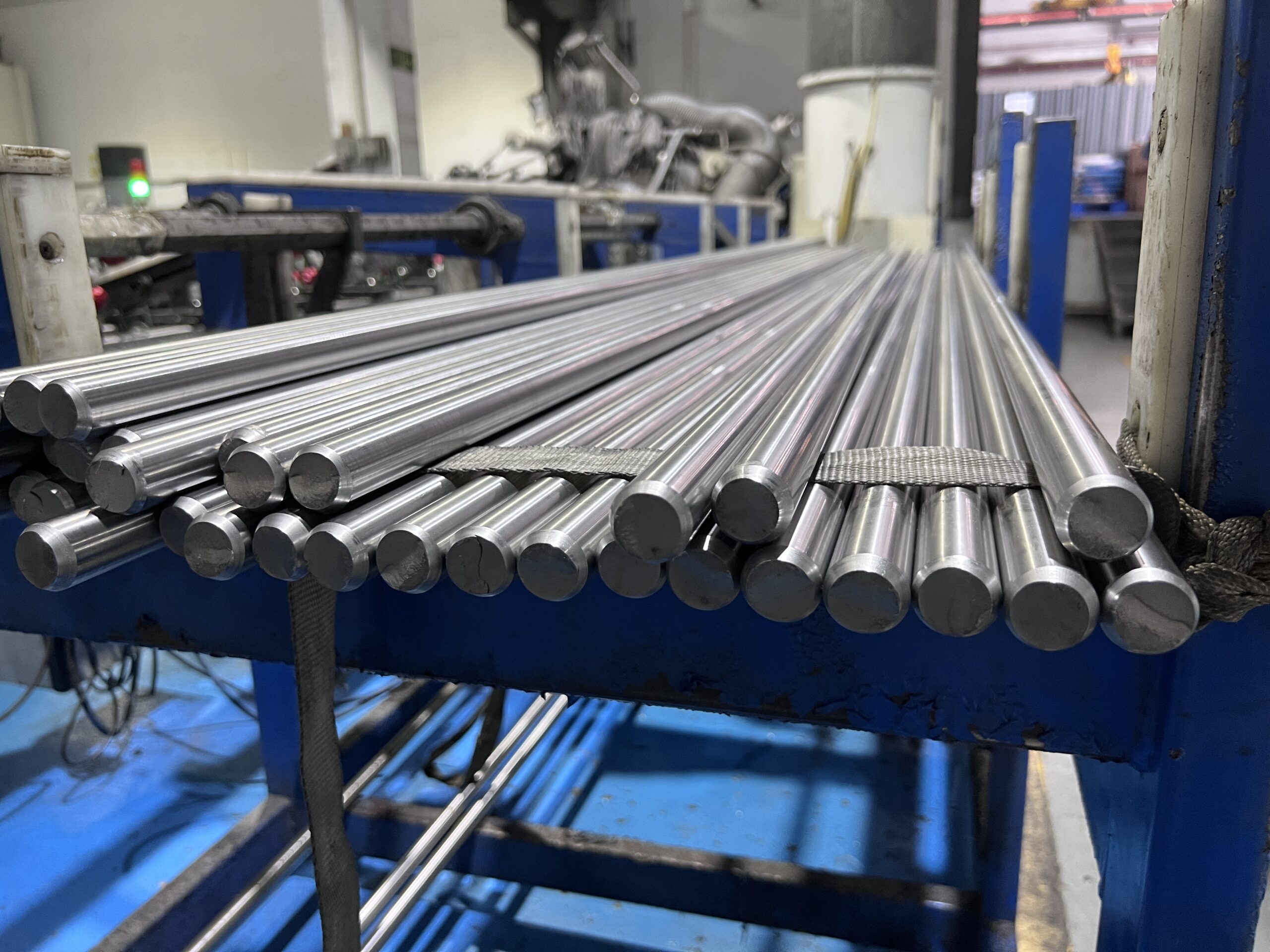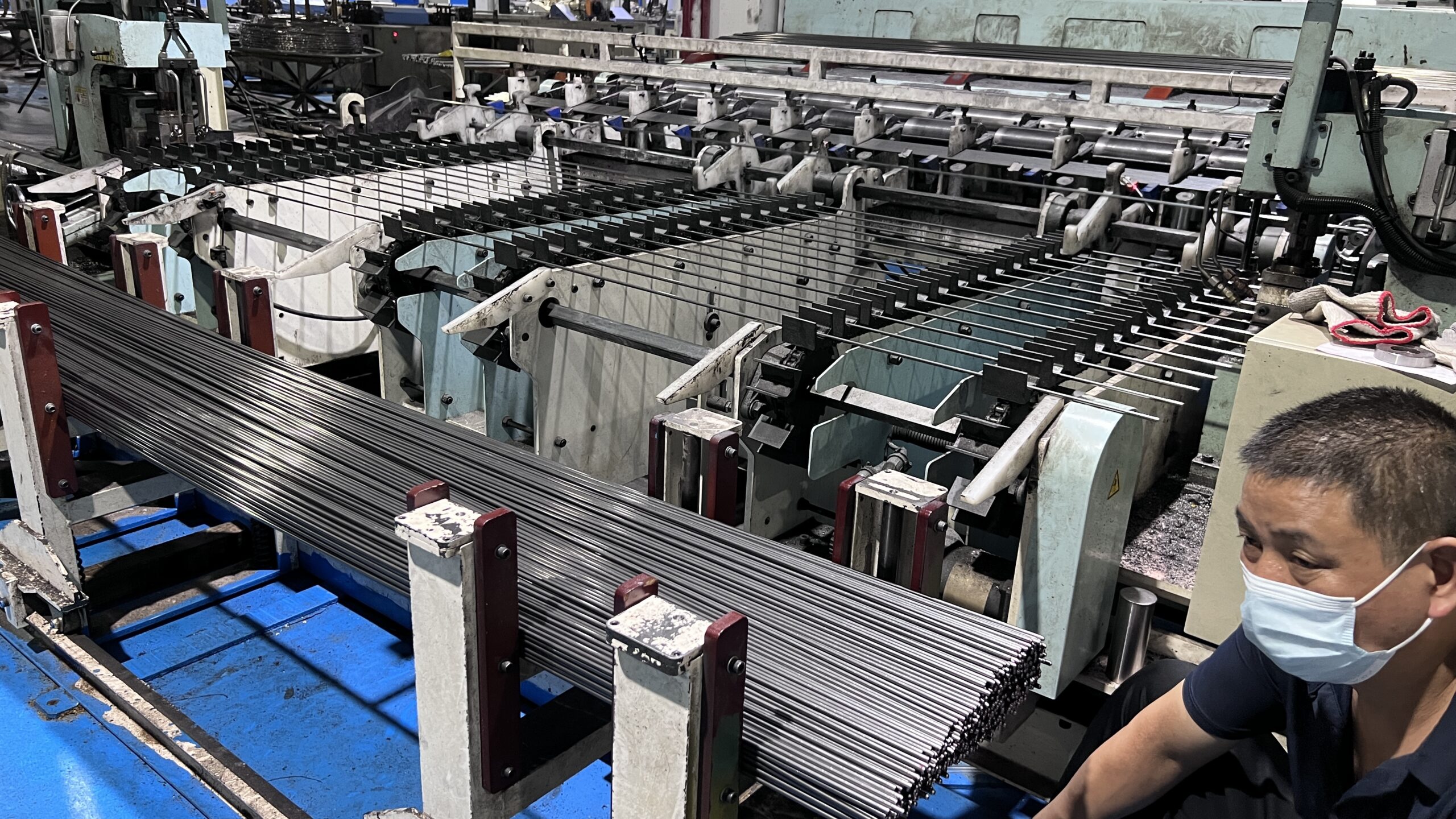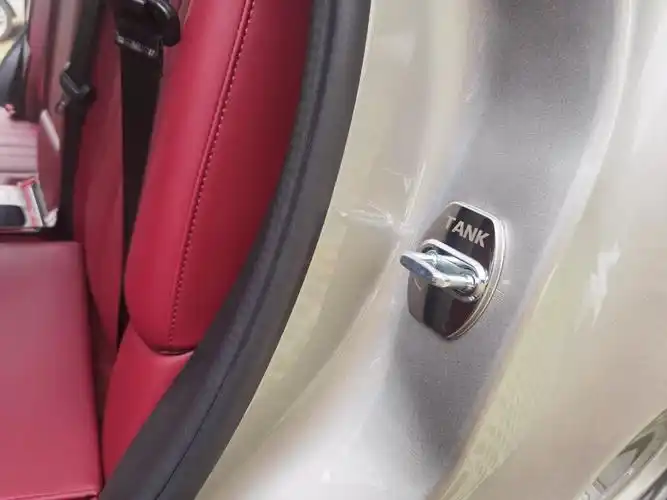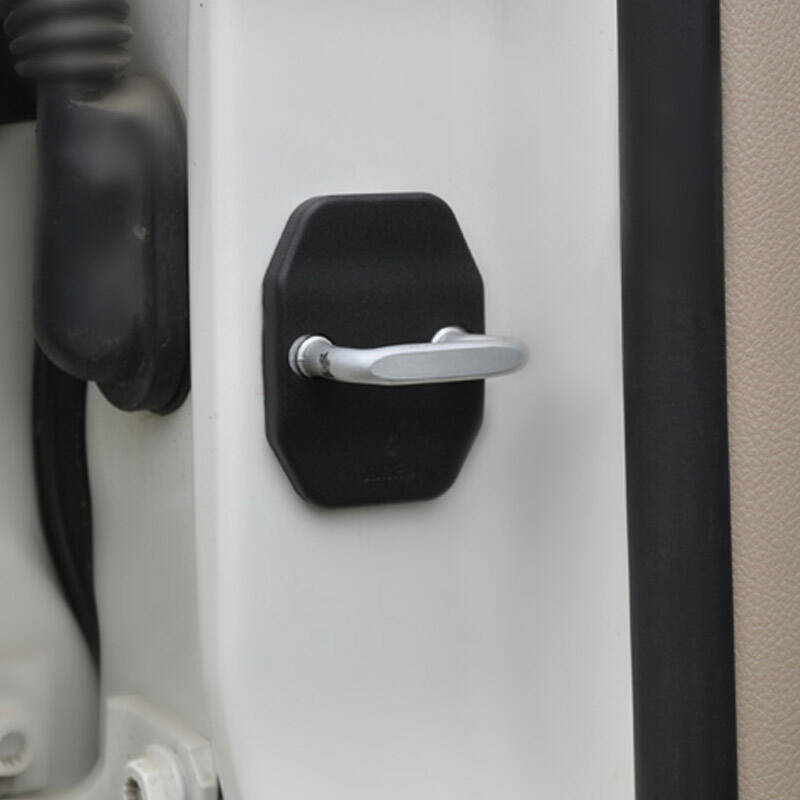In the mechanical processing departments of petrochemical units, stainless steel bars are used to manufacture pressure components such as pressure vessel shells and micro-reactor joints. During production, it is necessary to perform ultrasonic non-destructive testing on semi-finished stainless steel bars to ensure their integrity.
Previous Testing Methods
The traditional method involved cutting the stainless steel bars provided by suppliers into appropriate lengths, rough machining the outer diameter, and flattening both ends. After a visual inspection, a straight-beam probe was used to conduct ultrasonic testing from the two flat ends of the cylinder. For the cylindrical surface, water immersion testing was performed using straight-beam probes in both the circumferential and longitudinal directions. This approach resolved the limitation imposed by the length of the water tank in traditional water immersion testing.
However, this method had significant drawbacks. It became a form of damaging inspection, especially when defects were discovered in the material. Once a defect was found, it became difficult to return the material, leading to wasted resources and higher processing costs. This method caused financial losses for the unit.
Limitations of Previous Results
Despite this comprehensive testing method, defects were rarely found using straight-beam probes from the cylinder’s flat ends. However, even after “complete” testing, some finished products still exhibited longitudinal cracking during pressure tests or in actual use. This revealed the limitations of the previous inspection process.
Improved Testing Method for Stainless Steel Bars
In contrast, the mechanical processing departments of petrochemical units handling wire materials typically use an angle-beam probe to perform ultrasonic testing. By testing the stainless steel bars along their cylindrical surface in both clockwise and counterclockwise directions, this method can effectively detect surface and near-surface defects.
Ultrasonic non-destructive testing is advantageous due to its portability, flexibility, and speed in identifying defects. It provides accurate positioning of defects and allows for on-site testing. By utilizing simple fixtures, entire bars or segments can be tested to assess their overall quality. If any defects are detected, the material can be quickly returned, enabling selective material procurement. This approach greatly reduces production costs and material waste.






